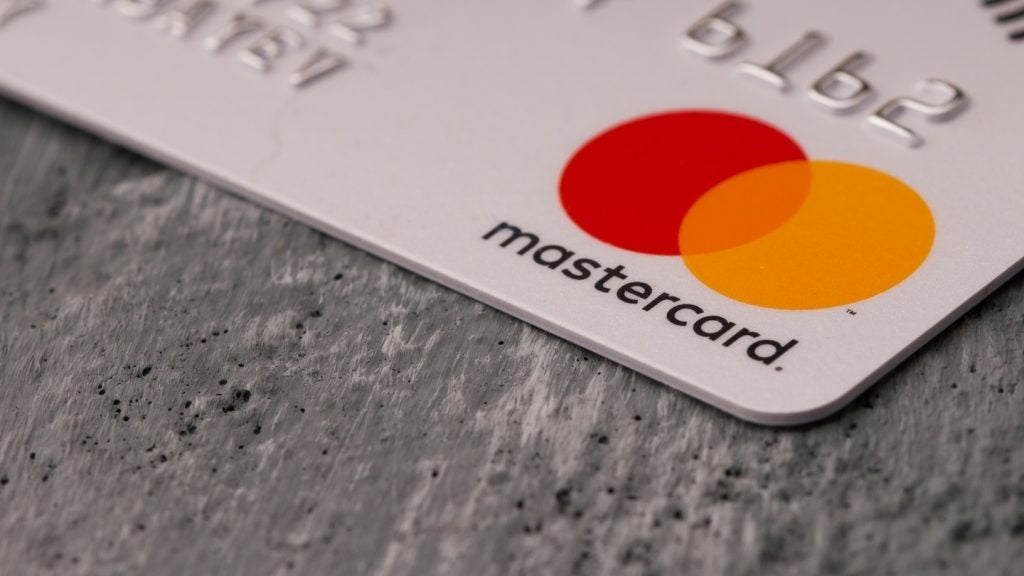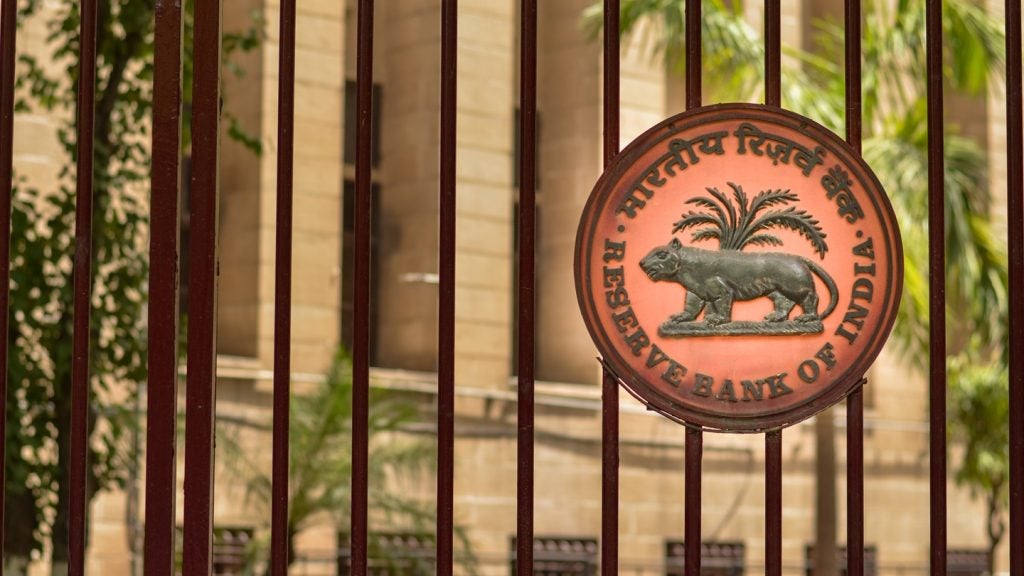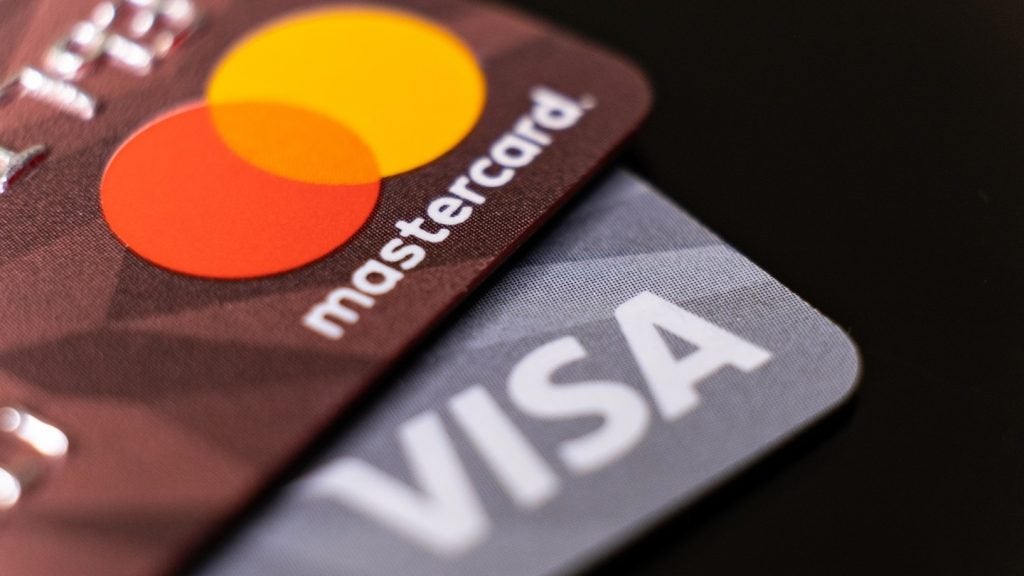Having been used extensively by fintechs for many years, Blockchain is now bringing real tangible benefits to banks. From increased security and robust compliance to lower costs and improved transaction speed, blockchain has the potential to transform banking and is making steady progress on that journey.
Some of the most exciting new uses of blockchain are utilising permissioned and private blockchains, such as Hyperledger Fabric, which allows for controlled access, transaction visibility and simpler and less environmentally costly consensus models.
These private blockchains appropriately balance control, access, and scalability concerns compared to traditional public blockchains. Banks focus on the right level of access, consensus, and protections while balancing the cost while realizing the benefits of using blockchain technology and the immutable LEDGER so important to compliance. At FICO, we leverage Hyperledger, but others for finance include R3 Cordia and Ethereum’s Quorum.
Integration
When integrating blockchain technology, banks must first ensure that they quantify the actual transactions that need to be backed by blockchain vs. blindly expecting every atom of data to be stored there. They can then review public/private blockchain and strength of consensus.
Many transactions are of low value and can avoid blockchain altogether using AI and risk-based transaction analytic models. Other transactions may be high value or there may be special applications where every transaction would be on blockchain because these transactions are of significant importance and the immutability to their existence critical. Further, design needs to focus on realistic SLA for response times. Not every application has a sensitive transaction processing time or should have one — for example, blockchain is used in the area of AI governance and compliance does not need to have millisecond recall latency, but it must be accurate and immutable given the criticality of AI governance.
Focusing on integration with existing IT infrastructure and legacy systems can enable critical blockchain grounding applications through exposed API calls that can easily make the information contained on the blockchain and make it accessible to other traditional banking applications, tools, and IT infrastructure.

US Tariffs are shifting - will you react or anticipate?
Don’t let policy changes catch you off guard. Stay proactive with real-time data and expert analysis.
By GlobalDataMost developers will be familiar with accessing these APIs, which allow applications to be developed where blockchain is a differentiated auditable component to an overall solution. Often the same authentication access control will be used by both private blockchains and the supporting applications, making movement of data over the API seamless.
Ensuring data privacy and security
Private blockchains with access management and strict approvals on who has access to the content are often used to ensure security and privacy of data assets. Public blockchain is not usually the right solution here, due to the sensitive nature of different types of transactions that banks will want to persist. This does not mean that private blockchain is secret, it is permissioned to those that need access such as users, governance teams, regulators it is a secure asset that ensures accountability and accuracy of what is persisted. Indeed, in these solution designs there also needs to be a focus on what is persisted – for example, there may be references with hashes to assets with sensitive data that are stored elsewhere, but hashes and encryption are on blockchain and give appropriate access-controlled users the keys to the sensitive data contained elsewhere.
Next steps for banking on blockchain
One of the hot new use cases for blockchain is supporting AI model development and it’s operational use. By defining responsible AI standards and frameworks, the blockchain can be used to codify the absolute requirements that need to be shown to meet governance and regulatory standards and in fact they will gatekeep the release of the AI model or system to ensure Responsible AI standards are strictly enforced. This is how FICO manages the development of AI models.
Blockchain is critical in this application, ensuring immutability of the history, tracked roles and actions, and recording of assets supporting the development contained in the blockchain. Blockchain can then be used to ensure that no AI is released unless all requirements and governance / regulatory standards are fully met, and further it provides an immutable history of the AI development and decisions for use in the future when the AI is deployed and making decisions in production.
As the use of AI grows across banking, I believe blockchain will prove to provide invaluable support to banks as well as fintechs and other financial services providers.
Dr Scott Zoldi is Chief Analytics Officer at FICO









